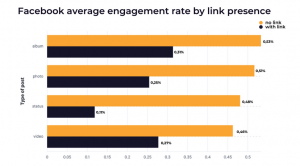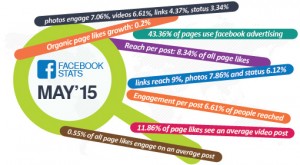— October 22, 2018
With the worker shortage rearing its ugly head in the U.S., businesses are increasingly challenged to keep their existing talent and fill empty roles.
The shortage really is happening, and it’s likely due to become even more problematic. Earlier this year, the nation’s record 6.7 million job openings exceeded the six million people who are unemployed, CNBC reported. And just this week, The Wall Street Journal reported that the number of open jobs has exceeded 7 million for the first time in U.S. history. The shortage is both shrinking the staffs of private companies and forcing employers to raise wages in order to attract and retain talent.
On top of that is the trend among younger workers to change jobs more frequently than previous generations in search of better, higher-paying opportunities. For example, a recent LinkedIn study found the average U.S. millennial or Gen Y employee switches jobs four times in the first decade after college graduation.
The situation looks even more dire in the manufacturing segment, a more traditional industry, which is expected to fall short by 2 million workers between 2017 and 2027 due to the one-two punch of industry growth and retiring baby boomers.
“Business’ number one problem is finding qualified workers,” advises economist Mark Zandi of Moody’s Analytics in a recent Fierce CEO article. “At the current pace of job growth, if sustained, this problem is set to get much worse. These labor shortages will only intensify across all industries and company sizes.”
What that means is that companies must now work harder to entice workers through pay raises, training and other incentives. Analysts say organizations are now looking at their workplace cultures with critical eyes and adding in perks both monetary and non-monetary.
What actions can employers be taking now to minimize staff departures?
- Create an enjoyable workplace. While the definition of enjoyable can be different for everyone, one study cited in Harvard Business Review found the key elements to be “play, purpose and potential.” Another Columbia University study shows firms with favorable cultures maintain an average turnover probability of 14 percent, compared to those with less appealing cultures that stick to about 48 percent.
- Provide continual feedback. As younger generations are conditioned to immediate responses through outlets like Facebook, Yelp, Amazon and Uber, they seek continuous performance feedback that can help them reach their potential. In one study, 69 percent of workers said they’d work harder if they knew their work was appreciated, while 98 percent fail to become engaged if they are given little to no feedback. One way to keep such employer-employee feedback smooth and easy is to optimize a digital channel incentives program that automatically rewards workers for achieving desirable benchmarks.
- Promote professional development. That development could include anything from education reimbursement to on-site training to assistance with student loans to clear in-house career trajectories. Gallup research shows 59 percent of millennials ranked such opportunities an “extremely important” differentiator in job searches. “Managers need to recognize millennials don’t feel entitled, they feel empowered,” Gallup notes. “(They) need to be more proactive and thoughtful when it comes to opening conversations about growth and development with their millennial workers.”
- Offer flexible scheduling options. Not only do millennials prioritize work-life balance more than previous generations, they expect at least some leeway when it comes to flextime or working at home. Already, 50 percent of the U.S. workforce holds a job compatible with at least partial telework, while 20 to 25 percent telecommutes with some frequency.
- Show appreciation. Identify ways to make workers feel recognized and valued, both monetary and non-monetary. Consider bonuses, gift cards and celebrations of big events in your employees’ lives. With an employee recognition platform, you can automate many of these processes and allow for social recognition between employees, boosting engagement and improving overall employee morale.
- Display transparency. Instill ownership in the future of your company by involving staffers in your goals for the business, sharing both challenges and achievements to build a sense of teamwork.
- Be known as ethical. Millennials are less likely than others to work for or remain with employers they dislike or distrust, and they prioritize ethics, trust, integrity and honesty, reports a recent Deloitte survey. Some 56 percent have “ruled out ever working for a particular organization because of its values or standard of conduct.”
- Provide competitive salaries. Discourage money-motivated job hopping by continually monitoring what your competitors are offering. As a rule, changing employers results in a 15 percent average salary increase, compared to the 1 to 3 percent average annual raises for those who stay with one employer. Ensure your organization offers career development and growth opportunities.
- Hire outside traditional profiles. Your criteria for new hires may need to change. Consider older workers, inexperienced workers, workers with imperfect backgrounds and others who can be effectively trained to fit company needs.
Reduce employee turnover and improve employee engagement with WorkStride’s award-winning employee recognition platform. Schedule a demo today!
Business & Finance Articles on Business 2 Community
(34)






